Given that one in six new cars in the UK is now electric, it’s amazing how many burning questions still swirl around the technical progress of EVs. It can still seem that buyers are being ‘tucked into’ products we know too little about.
How, for instance, will EVs develop over the next few years? Will we see some giant leap in capability that will overshadow what we’re offered today? How can manufacturers enhance EVs’ character to match today’s ICE cars? Does anyone have a clue?
Steve Lambert does. He’s head of electrification at McLaren Applied, the Woking-based independent technology company that was spun out of the McLaren Group (which also contained Automotive and Racing) in 2021.
In recent years, the task of Lambert and his peers has been to apply their company’s deep and detailed expertise gained from racing to wider markets: railways, mining, buses and, of course, the electric cars of the future.
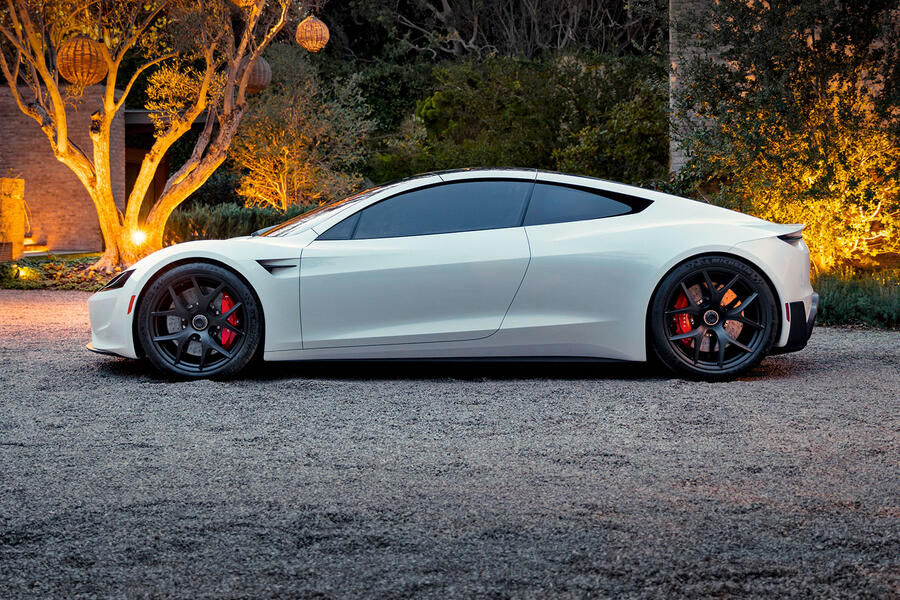
The team have devised a neat and succinct way of categorising 25 years of EV development into four key phases that take us from the rise of pioneering EVs like the 2008 Tesla Roadster (“laptop batteries in the back of a Lotus Elise”) to the gotta-have-one EVs that we hope manufacturers will be offering in the mid-2030s, when even plug-in hybrids will no longer be permitted for sale in the UK and Europe.
Lambert recently explained his theories in a short but pithy public presentation that raised so many supplementary questions that we decided to seek him out for an interview at Applied’s headquarters.
He tells us that phase one of EV development encompasses the rise of pioneers like that Tesla and the 2010 Nissan Leaf, which showed practical road cars were possible.
![]()
Phase two, which recently finished, encompassed the rise of cars like the Jaguar I-Pace and Mercedes-Benz EQC. EVs came to public consciousness as legislators demanded cleaner cars and public confidence in the tech increased.
“People started embracing EVs and not going back,” says Lambert. “It was a breakthrough, but not a tipping point.”
Phase three, the rise of efficiency, has just begun. “The fast integration of EVs during lockdown took people by surprise,” says Lambert. “Suddenly they were quite common on the road, and in 2020 we started talking seriously about boosting their efficiency.
In this phase, believes Lambert, manufacturers will move from offering serviceable EVs often based on outgoing combustion cars to embracing efficiency in all forms (packaging, weight saving, battery development, aerodynamics and powertrain refinement).
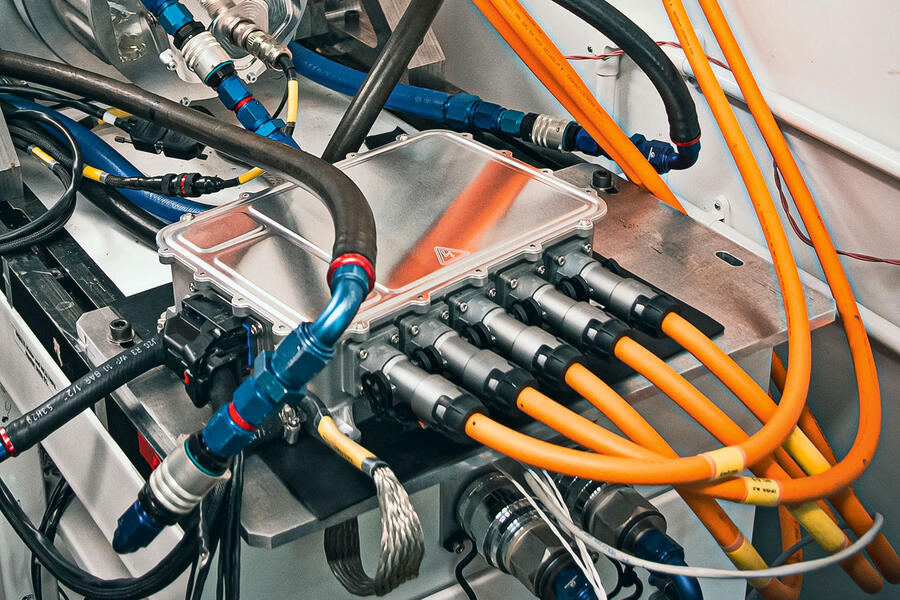
This phase will include the widespread adoption of what Lambert sees as two must-haves of new-era EVs: an 800V electrical architecture and silicon-carbide inverters – both Applied specialist areas. Lambert calls the inverter “an unsung hero” in an electric powertrain that decides how much energy the car needs, controls the motor and can even improve NVH by smoothing power delivery.
In the brave new automotive world, the combination of 800V and silicon carbide will become a badge of performance, says Lambert, a bit like a GTI model today.
An 800V inverter can roughly halve a lesser powertrain’s efficiency losses, providing opportunities for cars to run smaller, less costly batteries and motors and to use less raw materials.
Phase four, a few years hence, will begin when car makers decide in detail how they will compete with one another on driving characteristics, rather than just a car’s size, shape and number of seats.
Lambert believes that precise motor control – naturally via 800V silicon-carbide inverters – will create differences in feel, uniquely matched to a car’s marque and model.
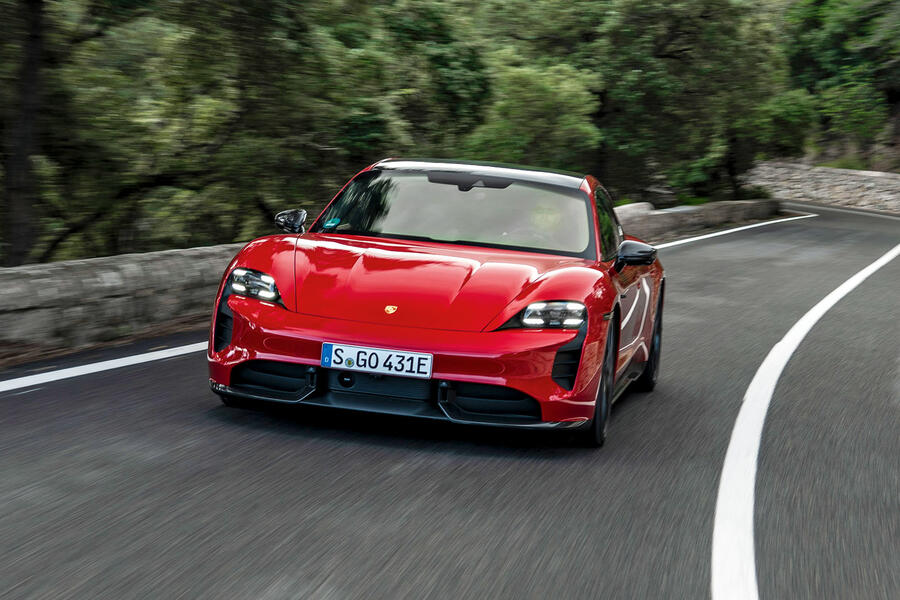
The much-admired Porsche Taycan is a pioneering example of what’s possible: Lambert says the car’s Porsche-typical feel is “because of the way it exerts control over its electric motors”. He foresees a rise in more imaginative driving modes in future models, plus advances in opportunities for individual drivers’ settings.
Above all, Lambert sees phase four as crucial if EVs are to match the appeal of ICE cars. “People must be able to continue enjoying their driving,” he says. “Progressive technology doesn’t have to be boring, and based on conversations we’re having with car makers, the next EV generation is likely to be better to drive than ever before.”
How motorsport can improve electric cars
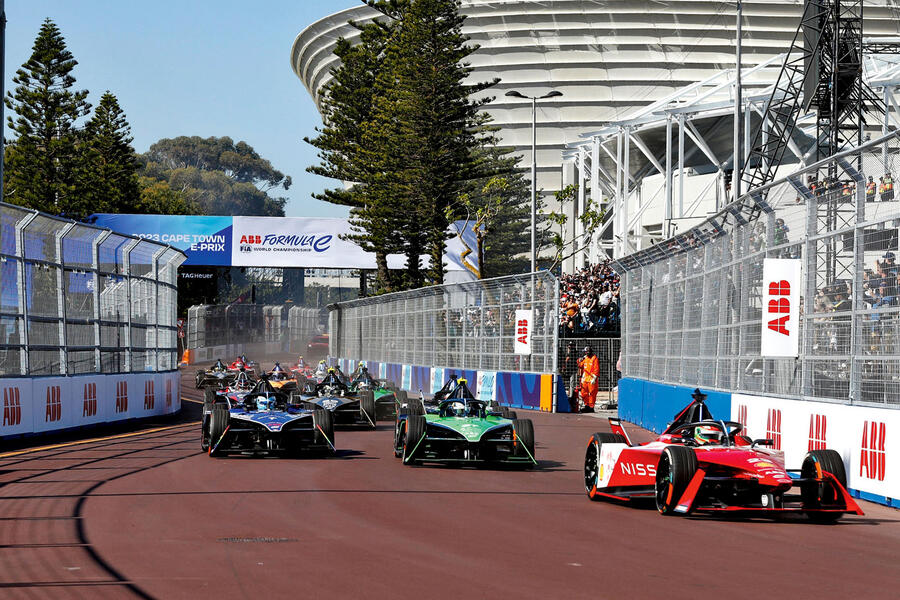
One powerful generator of early EV development was the adoption of the Kinetic Energy Recovery System by Formula 1 cars in 2009, followed in 2014 by the advent of Formula E.
“There was a time 15-20 years ago when people wondered whether cars going around in circles still had any relevance to road cars,” says McLaren Applied’s Steve Lambert, “but KERS changed all that. It was so open. The regs – which in effect said ‘do what you like, just make it more efficient’ – brought a whole load of innovation that’s still benefiting road cars.”
A prime example is Formula E teams’ transition from multi-speed to single-speed gearboxes, achieved by optimising motors’ designs and running them at faster speeds.
Singlespeed units have reduced complexity, weight and cost, making them the best solution for Formula E, and the same has happened with road cars.



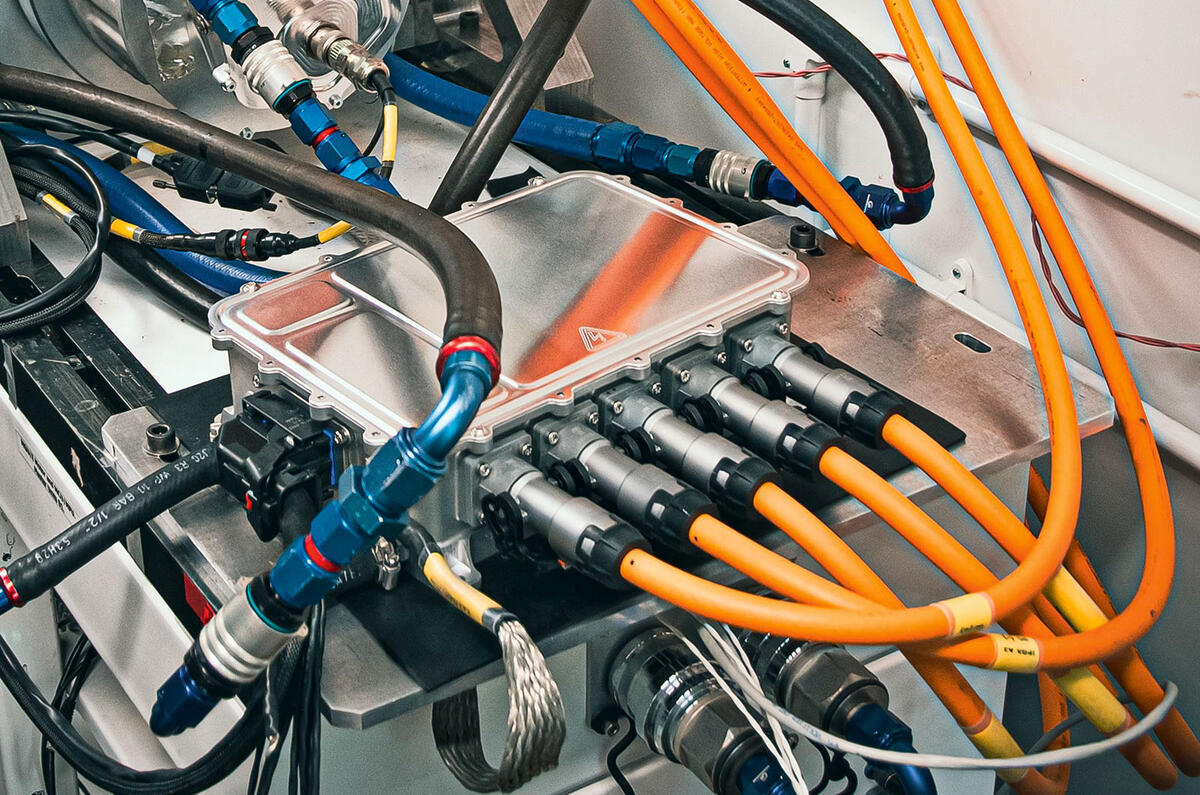

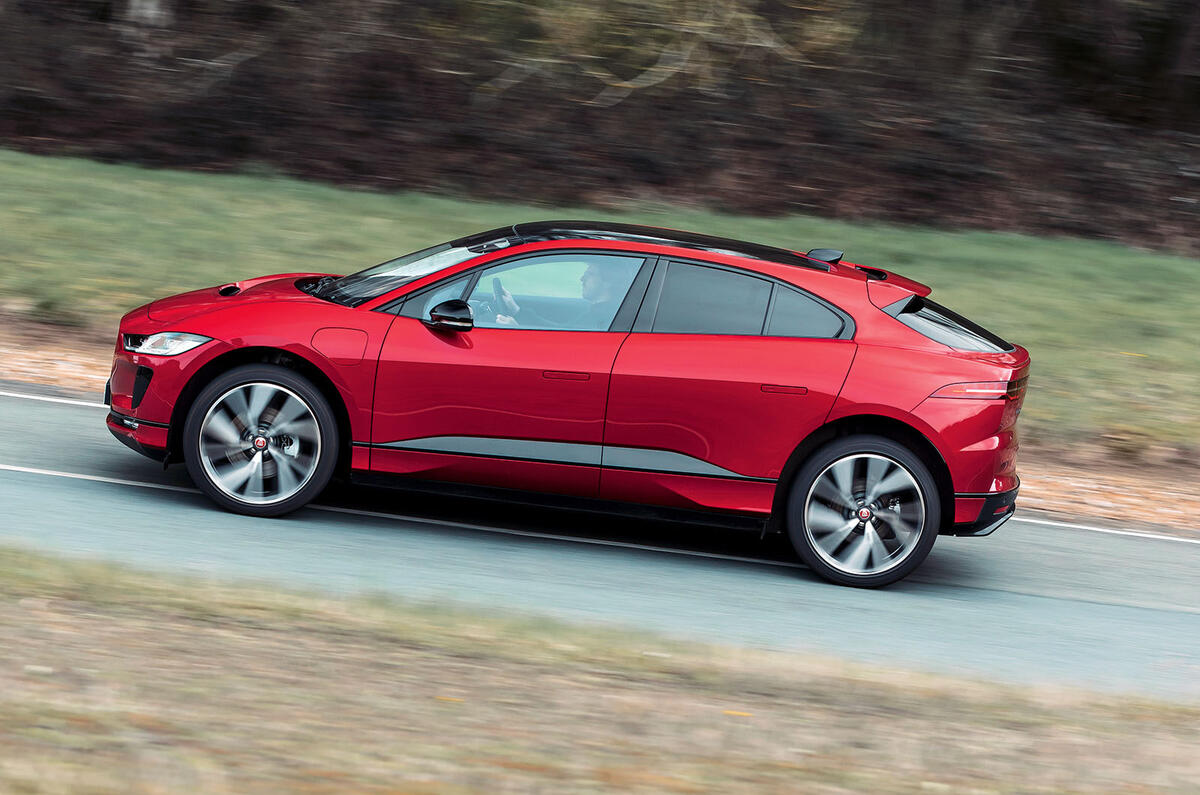
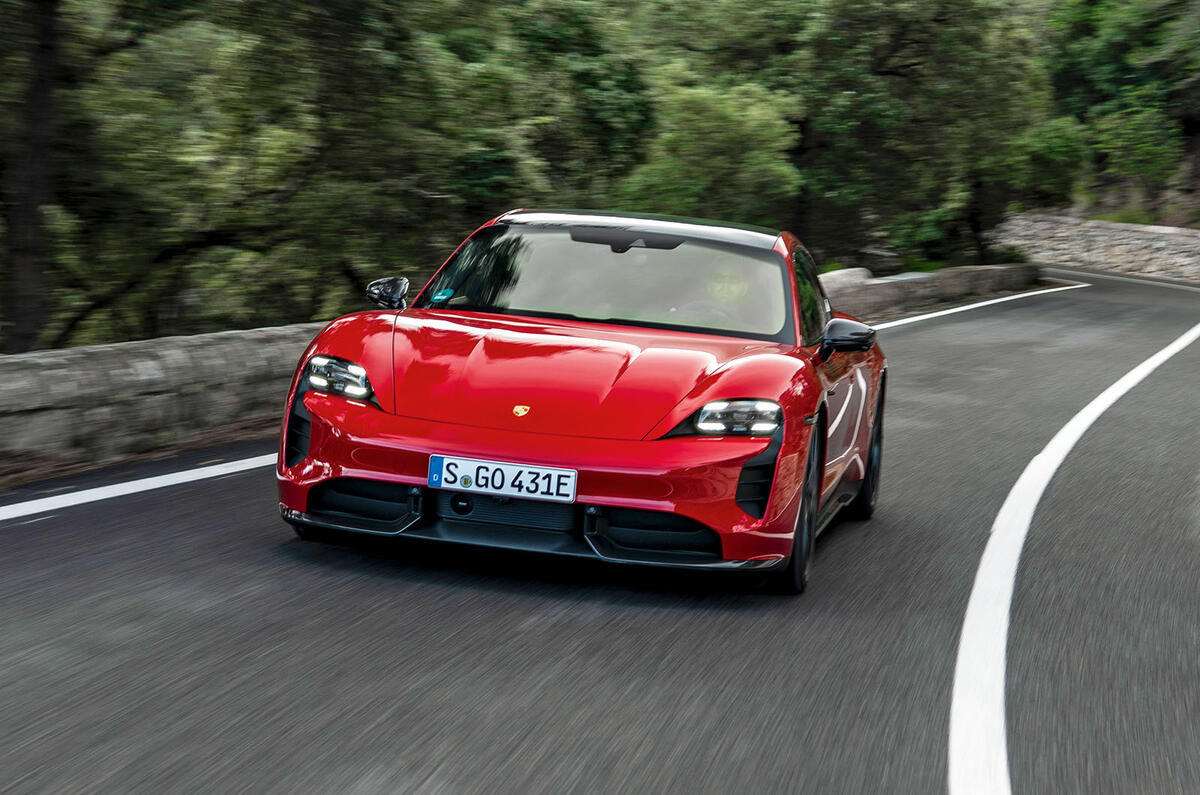



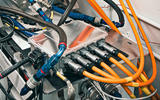

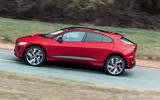

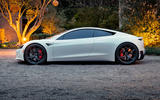






Join the debate
Add your comment
Electric cars will never be as popular as ICE cars. I trust McLaren but I am telling you that you are wrong Mr. Lambert. Just the thought of McLaren making only electric cars disgusts me. So don't be stupid, instead make another car like the Senna or P1 because let's be honest that's what we all want from you, nobody cares how "green" the McLarens are, stick with the V8 engine and make another hypercar.
These articles often say electric cars are less enjoyable to drive, this just isn't my experience. The instant accelerator response from an electric car is so much better than that of the modern standard drivetrain made up of small combustion engine, big turbo and automatic gearbox. The loss of an inspriring engine note is my main complaint, and manual gearboxes are disappearing as a choice anyway.